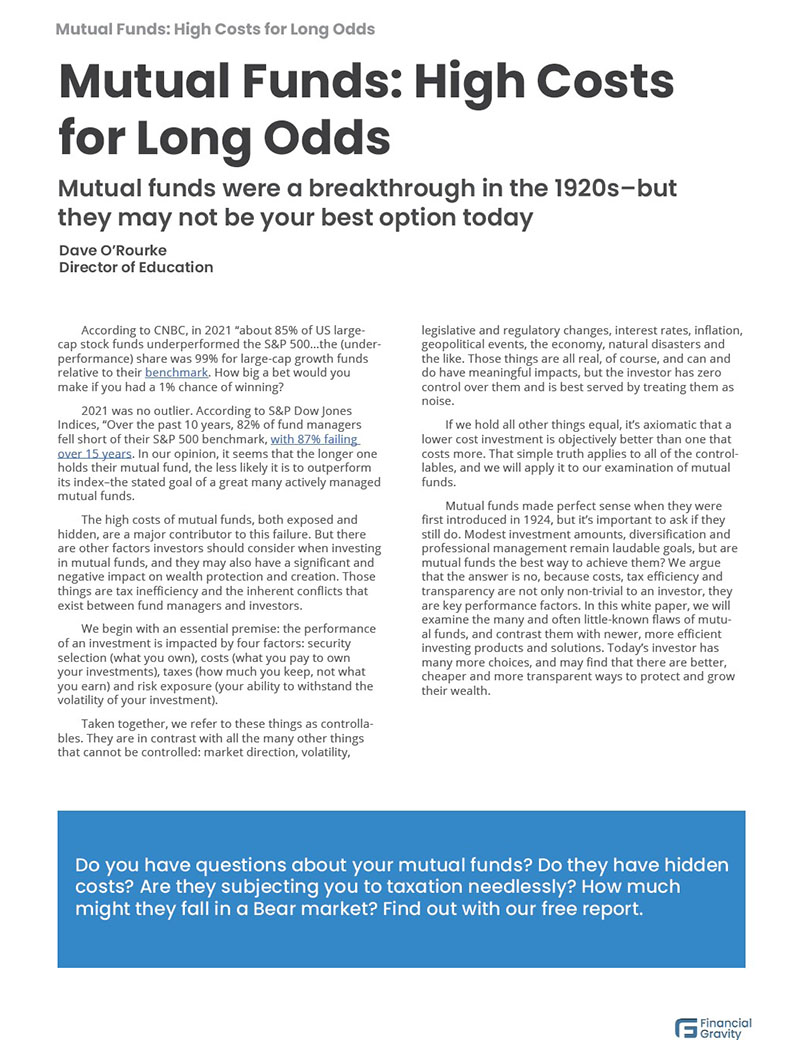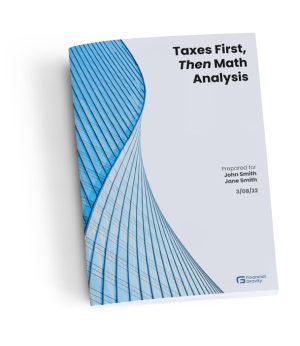It’s tax time. It’s ALWAYS tax time; the tax machine never stops running. Even though we associate taxes with April (and October for many), taxes are a part of daily living. The Supreme Court jurist Oliver Wendell Holmes, Jr. famously said, “Taxes are the price we pay for civilization.” The cost of civilization has gone up.
Taxes have been a necessary and often controversial subject since the Founding. It was taxes that directly led to the Founding. Since then, the scope, types, and complexity of taxes have grown exponentially—quite literally. The total taxes collected by the IRS have ballooned enormously, from $920 million in 1960 to $4.012 trillion in 2021.
The American tax system is a behemoth, difficult even to hyperbolize. IRS receipts in 2021 were greater than the GDP of every country except for the US, China, and Japan. And that is only federal taxes. Every state has its tax system, and all fifty together collect hundreds of billions more.
America’s Tax Infrastructure Is Not Only Large, It’s Complex.
There are many kinds of taxes: federal, state, municipal, excise, duties, tariffs, sales, and other taxes and fees. There is a multi-hundred billion dollar industry dedicated to helping Americans pay as little tax as possible. Data from the IRS suggests there are about 800,000 people in the tax compliance business.
Taxes don’t just fund spending…they are a political football. America’s various taxing authorities do much more than simply collect the money necessary to run government programs. The tax code is a tool for politicians competing over equity, fairness, and social justice. The Tax Policy Center puts it this way: “Simplicity often loses out to other priorities.”
The Internal Revenue Code, aka the US Tax Code, is a massive thing. Irisreading reports that the Tax Code is 6,871 pages, but it explodes to approximately 75,000 when all the federal regulations and guidance are included. Is it any wonder it takes 800,000 people to interpret it for the 150 million or so US taxpayers?
Taxes take more than cash. The American Action Forum estimated that Americans would spend 6.5 billion hours working on their tax filings last year. And they went on to estimate that Americans would also spend more than $200 billion on help with their taxes. That is a tremendous amount of money and time spent in the epic, perennial battle between the people and the tax machine.
Pay a Lot of Tax, but Compared With Other Countries It’s Not So Bad.
The Organization for Economic Cooperation, or OECD, was founded in 1961 in an effort to boost global trade. It now has 38 member countries and produces a range of statistics to measure global growth. One of those stats is the Tax-to-GDP ratio.
Tax-to-GDP is a pretty simple measure: it is a ratio of total tax collections of given countries divided by their GDP. According to the OECD, last year the USA’s ratio was 26.6%. That compares with the overall average of 34.1%, placing the US 32nd out of 38. Many are much higher. Eight Western European countries collect more than 40% of their GDP in taxes.
To be sure, the income tax rate has been volatile, and can change suddenly. Can tax rates change fast? Between 1916 and 1917, the top marginal rate jumped from 15% to 67%. In 1931 the top marginal rate was 25%; in ‘32, it jumped to 63%. They can also, on occasion, go the other way.
When the Reagan Era began in 1981, the top rate was 69.13%. By his last year in office, 1988, it had dropped to 28%. “Trickle down” was controversial at the time and remains so today, but the fact is that despite the tax reductions, IRS Revenue in the 80s virtually tripled.
Trickle down, or “supply side” economic theory has proponents and many who consider it a myth. President Kennedy is credited with saying, “a rising tide raises all boats” when pushing for a cut in the marginal rate from 91% to 70%. Kennedy also said, “My dream has always been to make the poor richer, not to make the rich poorer. And, in fact, it is an added bonus if the rich get richer while the poor get richer, as well.”
That top rate leap in ‘32 kept rising, hitting 77% in 1936 and eventually topping out at 94% in 1944. The top rate was 80% or higher from 1940 through 1963, a generation. The argument that won the day during Reagan’s administration was made by the economist Arthur Laffer.
Laffer, who famously created the Laffer Curve on a cocktail napkin, posited the simple idea that at both a 0% tax rate and a 100% tax rate, the revenues to taxing authorities would be $0. He believed that the disincentives of very high rates would cause people simply to stop working. Politicians and economists have been arguing ever since over where on the Laffer Curve lies the point of maximum revenues and, therefore maximum wealth creation.
Tax Policy Is a Major Risk Factor in Retirement Planning
Lincoln Financial Group surveyed retirees between 62 and 75 with household incomes above $100,000 and found that taxes averaged 31.38% of their total outlays, by far the largest of any of their expenses. According to LFG, those tax outlays were greater than many individuals planned for before retirement.
Retirees funding some or much of their retirement with withdrawals from qualified accounts, such as IRAs and 401(k)s, are at significant risk from changes in tax policy as those withdrawals are taxed as ordinary income. A jump like the ones in 1917 or 1932 could destroy the lifestyle and security of millions of people.
Other families looking to liquidate a low-basis, highly appreciated asset may not realize just how big the tax bite may be when they sell. We cannot overstress the importance of planning ahead of time, as there are safe and legal ways to reduce and even eliminate the taxes on such sales. Effective implementation of some tax strategies often needs to be done well in advance.
Another risk to retirees is known as bracket creep. Bracket creep occurs when inflation pushes a taxpayer into a higher marginal tax bracket, or reduces the value of tax credits, exemptions or deductions, which are often limited in nominal dollars. While some of these are adjusted for inflation, many are not. The net effect is a bigger tax bite.
There are other risks for pre-retirees. According to the Congressional Research Service, the Social Security Trust funds will be depleted by 1935, just 12 years from now. Congress may have to take some action–raise the full retirement age, reduce benefits, or, in a real twist of irony, raise the taxes on SSI income. Any of those things could have a meaningful impact on retirees.
Finally, Medicare, our national health insurance system for seniors, is also in trouble. The Part A trust fund, which covers hospitalization and nursing home care, is expected to become technically insolvent in just five years. Either new taxes or a slowing in the growth of costs, or both, will be required to solve this problem. It would be prudent to expect healthcare costs in retirement to rise and to plan accordingly.
American governments spend a lot of money, so it’s hard to expect any tax relief anytime soon. The federal government is spending more per person than ever before. In real dollars, meaning adjusted for inflation, spending per person has grown from $3,782 in 1965 to $19,515 in 2021, a five-fold increase.
The US Government’s debt is now over $31 trillion, and under the administration’s budget, is expected to grow by several trillion more over the next ten years. It is hard to imagine any scenario where taxes will be decreased over the next decade.
When we think about all this, Ben Franklin comes to mind. Franklin said, “In this world, nothing is certain except death and taxes.” Interestingly, death and taxes are two of the most important inputs into a financial plan. How long you will live, what you need to finance your retirement years, and how to budget for taxes are critical planning elements.
If You Don’t Feel Secure About Your Retirement, We Should Talk
We will be happy to prepare a report for you that aims to solve the five major threats to retirement security. This is a part of our Family Office services, and we hope it can bring you peace of mind. With proper planning and modern strategies, there is often a lot that can be done to counter these threats.


